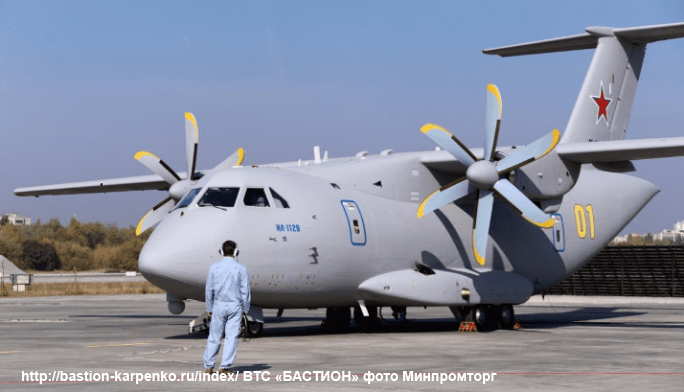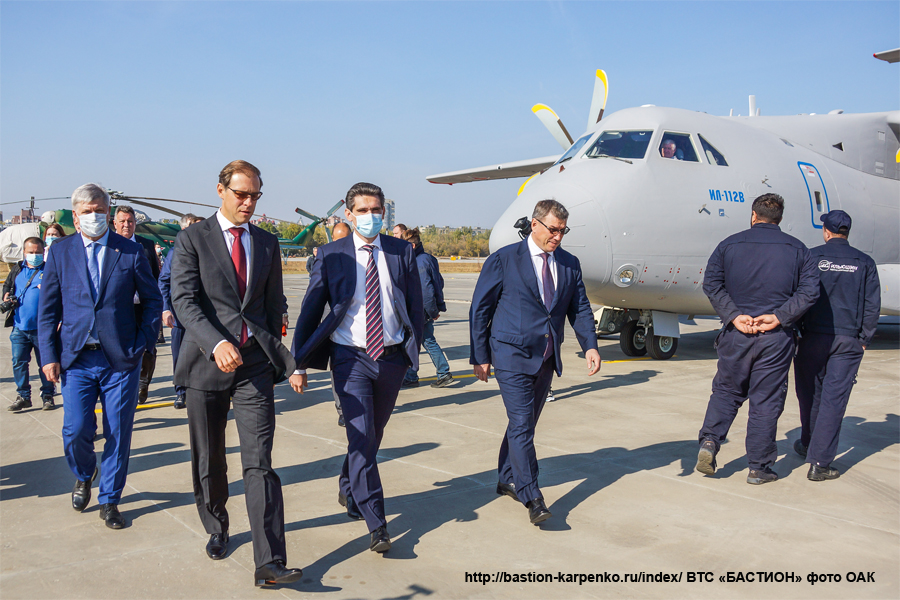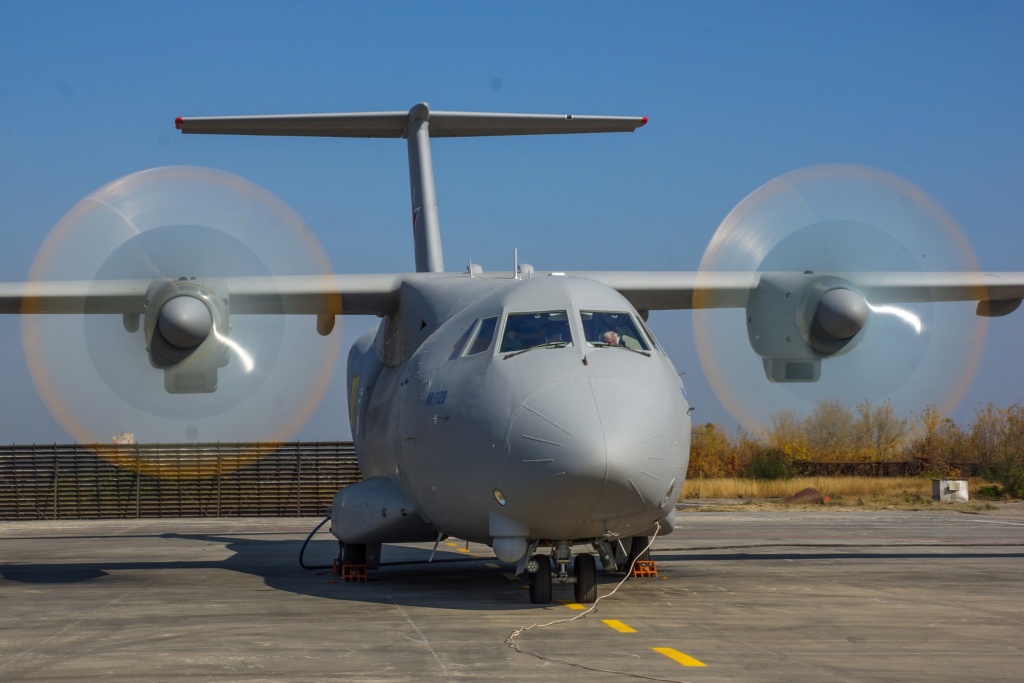JohninMK wrote:George1 wrote:It looks terrific!
Form over function currently.
What do you mean?
I believe that the size and appearance of the il112v have been so chosen to allow the transport of the loads and vehicles that the Russian military needs, and not for standard pallets...
I am sure that the characteristics will improve considerably in the next couple of years.
Anyway, after the development of this aircraft will be complete, it is possible that (if they feel the need) they will start working on a enlonged version of it with more powerful engines (e.g the PDV4000 turboprop, currently in development, for which there should be a version up to 5000 hp).
And about the comparison with the c295... the C295 is optimised to carry standard containers and pallets, and has smaller cargo height limitations.
Anyway the lenght of the cargo area in the C27J and il112v is almost the same (but the C27J is of course wider). The cargo hold (for a similar overall lenght of about 24m) is longer in the c295 just because they decided to seriously limit its height.
As an example I saw some website were they claimed it (the C295) was also better and more useful than the C27J, as it could carry more standard pallets...
https://flaps-aviacion-aviation-luftfahrt.blogspot.com/2012/01/comparing-airbus-c295-vs-alenania-c-27j.html?m=1

Note the C27J has a cargo compartment with: width 3.33 m X height 2.25 m
While the c295 should have Cabin Height 1.90 m
Cabin Width 2.70 m
And last, according to wikipedia the il112v has a amp opening, H × W: 2.42 × 2.45 m
Here a few nice images on the il-112v with emphasis on the cargo area(source https://thaimilitaryandasianregion.wordpress.com/2016/01/20/il-112v-light-military-transport-aircraft-russia/



Here some less biased considerations and comparisons between C27J and C-295
https://www.files.ethz.ch/isn/161909/Policy_Analysis100_future_battlefield_airlifter.pdf
Cargo
It’s important to understand what an airlifter might be called upon to move. The ADF moves its stores on standard 463L pallets which are 2.24 m by 2.74 m in plan
view and typically 1.75 to 2.05 m high, with the C-17 able to transport pallets up to 3.04 m high and the C-130 up to 2.44 m high, subject to being within applicable
weight limitations. Ideally, pallets should be able to be transferred from C-17 to C-130J to BFA without having to break them down and repack the contents, a task that consumes time and manpower. For moving personnel, there are different seating configurations that can be employed, and assumptions have to be made
about the total all-up weight of troops and their personal equipment.
In terms of floor area, the C-27J can accommodate three 463L pallets, with room for an additional ‘half pallet’. The total cargo capacity in volume is around 44 m3, with a
maximum ceiling height of 2.6 m and a height of 2.44 m at the wing spar, offering a maximum pallet height of 2.11 m. The C-295 is longer but narrower and the cargo space has a lower maximum ceiling height of 1.9 m and a usable height of 1.5 m, although the greater floor area can accommodate the footprint of up to five pallets.
According to Airbus, the C-295 has a cargo volume of just under 40 m3, excluding the ramp area.
Due to clearance requirements, neither aircraft can accommodate the maximum pallet height of 2.44 m that a C-130 can carry.5
As such, pallets intended for transfer to the BFA from the other airlifters will have to either be packed to a lower total
height (and hence volume) or broken down and repacked in theatre. However, there
s an additional constraint for the C-295 in terms of clearance around the pallets—the standard pallet footprint is a snug fit, leaving little room for personnel to move
around. The C-27J can accommodate pallets of up to 2.1 m in height and its width should accommodate a standard pallet with the necessary clearance.
A more serious limitation due to the C-295’s lower cabin height is the size of objects that can be accommodated. This is probably most significant in the case of vehicles. The ADF’s new cross-country vehicle, the Mercedes-Benz G-Wagon will be fielded in a number of variants and configurations, but all will be around 2.0 m or more in height and so won’t fit in the C-295’s cargo space. Some variants won’t fit into the C-27J either, but the basic 4 x 4 and 6 x 6 mobility variants will. Others, such as the reconnaissance and surveillance or ambulance models would require some disassembly and/or a multi-role aircraft lift. (Or could be air dropped from a C-130 if necessary.) Similarly, there are a number of vehicles under consideration
for the future ‘protected mobility vehicle - light’ (the Army’s proposed light armoured vehicle for operations in areas with a threat from mines, small arms fire or improvised explosive devices), most of which are too tall for the C-295 cargo space


 Rodion_Romanovic
Rodion_Romanovic





